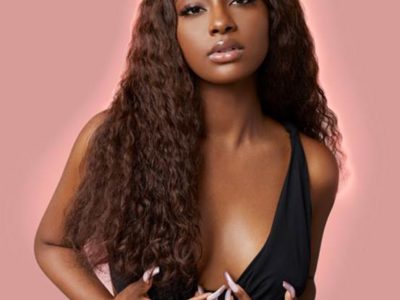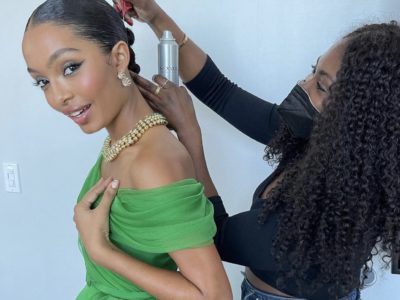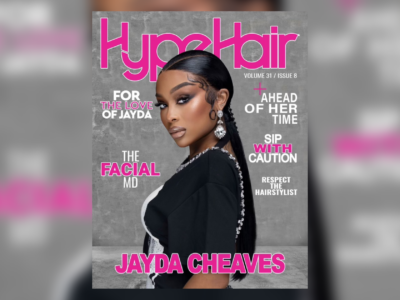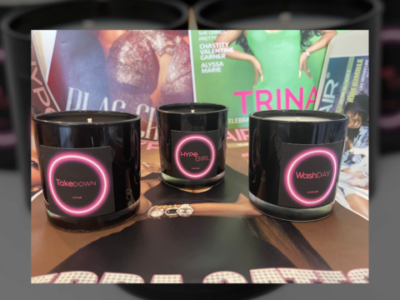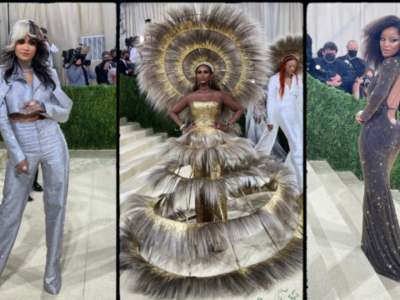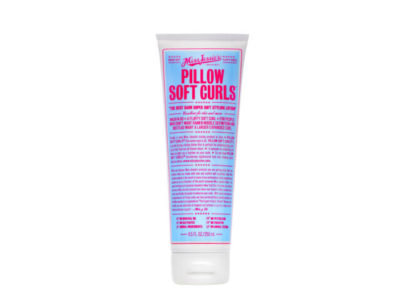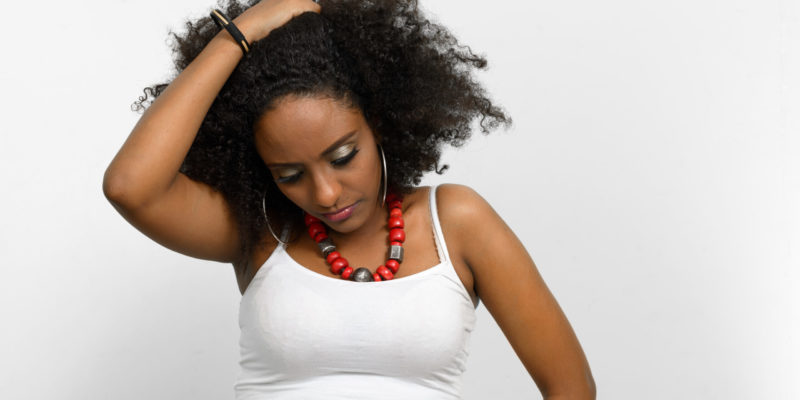
By Choya Randolph
As a new natural, knowing your hair texture can have a lot of benefits. It can help you find what products work best for your hair because what works for those with type 3 hair may not be the best option for those with type 4 hair. Plus, there’s something so satisfying about finding a natural who has a hair texture just like yours. You hit that subscribe button with a quickness.
Knowing our hair texture not only helps us find our community but it’s also a great way to understand our hair and its health. If you have type 4 hair and find that your hair is starting to adopt a type 3 texture, that may be an indication that your hair isn’t in its best state of health.
To recap: hair can be straight, wavy, curly or coily. Wavy hair has an S curl pattern that’s very loose. Curly hair also has an S curl pattern but it’s tighter. It kind of looks like a corkscrew. Coily hair has curls that are so tight that they form coils. Wavy hair is type 2 hair. Curly hair is type 3 hair. Coily hair is type 4 hair. Each hair type has three categories. Wavy hair can be 2a, 2b, or 2c. Curly hair can be 3a, 3b, or 3c. Coily hair can be 4a, 4b, or 4c. These three categories represent how tight the curls are in each category. Type 2c hair is the waviest of the type 2 hair. Type 3c is the curliest of type 3 hair. Type 4c hair is the most coily of type 4 hair.
Though finding our hair texture is beneficial, it can be frustrating. You’ll find yourself staring at your wet hair trying to figure out if you have 3c or 4a hair. Many of us have different hair textures. Maybe the back of your hair is type 3 but the crown of your hair is type 4. Not knowing your hair texture can make it difficult in finding your community. Which Youtuber has your exact hair type? And even if you do know your hair type, you may find a lot of videos of naturals saying they have type 4 hair when it looks more like type 3. Now you’re questioning your hair texture, trying to figure out where you fit.
Plus, natural hair has a history of being chemically altered because its natural state was seen as ugly or unprofessional. When natural hair began to finally be seen as socially acceptable, looser hair textures were seen as beautiful, leaving those with type 4 hair feeling left out. There’s a lot of hate surrounding natural hair and it can be even more hate for those with type 4 hair. Don’t believe me? Go to your local beauty supply store. You’ll be able to easily find hair texturizers that can loosen our coils to curls. And don’t even get me started on hair relaxers.
To those frustrated or stressed about their hair texture, please stop. Knowing your hair texture is great but it’s not the most important thing to know about your hair. It definitely isn’t something you should stress about. Plus, stress can directly impact your hair’s health. The way your hair looks and feels is way more important than its texture. Instead of overthinking your hair texture, pay attention to the health of your hair. Is it hydrated? Are you deep conditioning? Do you notice a lot of split ends? Is it time for a trim? Are you noticing breakage? Are you low porosity or high porosity? Knowing the answers to these questions is more important to your hair’s health than knowing its texture.
As a natural, you’ve probably experienced the stigma of having good hair. Good hair used to mean straight hair. If it isn’t straight then good hair should be long. If it isn’t long then good hair should be a looser texture. But good hair isn’t about texture or length. Good hair means healthy hair. So whether you have a tight hair texture or a loose hair texture, as long as your hair is hydrated and healthy, texture doesn’t really matter.
